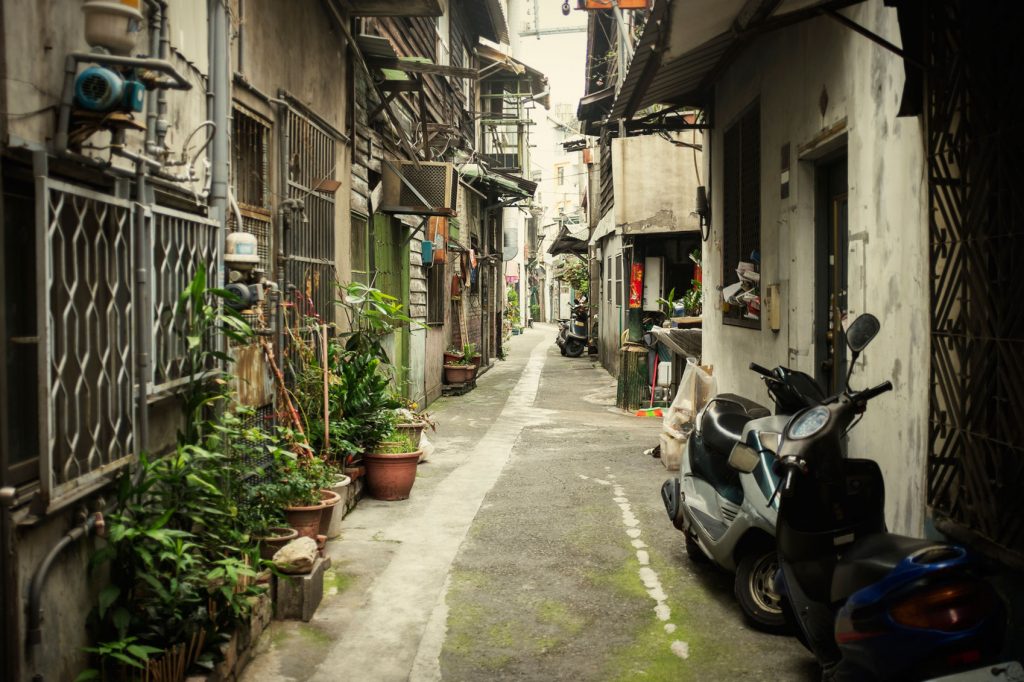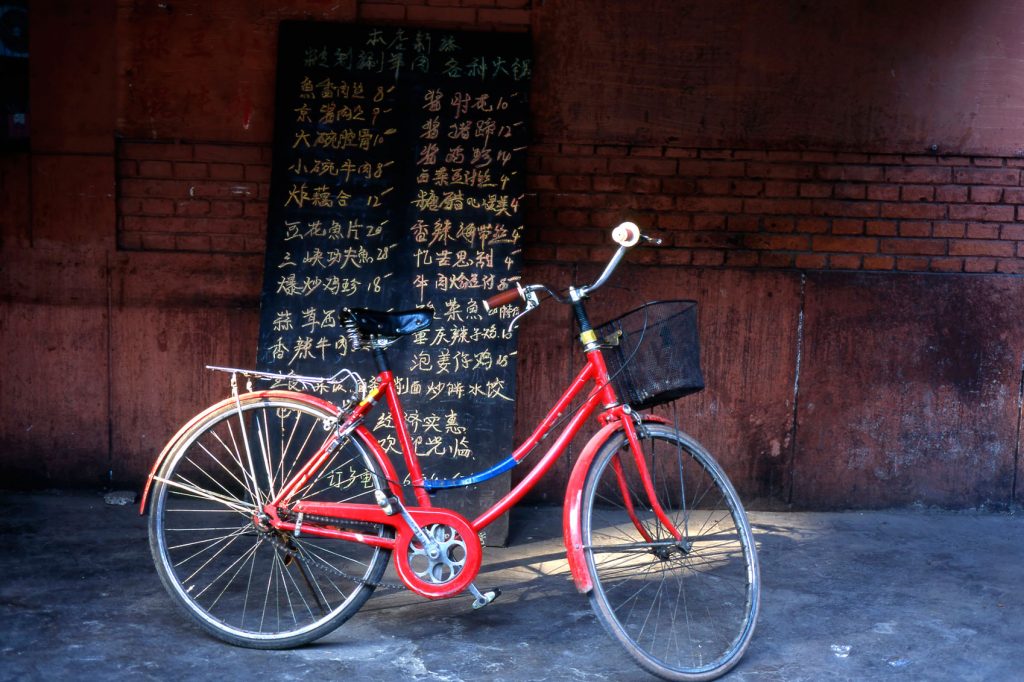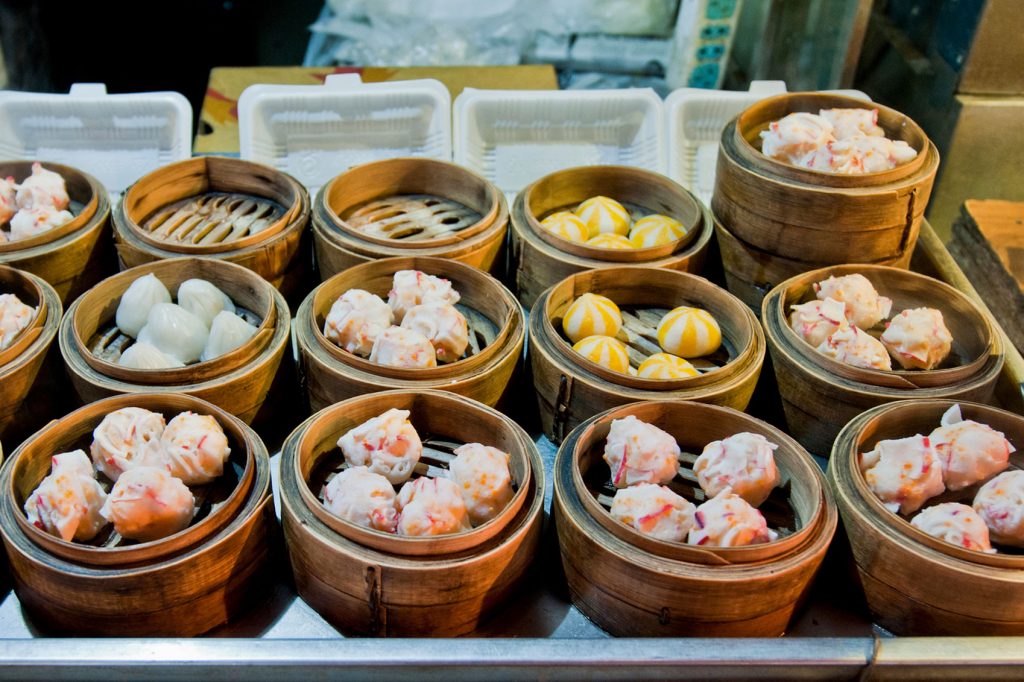Recently updated on January 22nd, 2020 at 10:14 pm
Across the world, China’s sprawling capital is known both as an ever evolving modern metropolis and as a reflection of ancient China with history going back over 3,000 years. With so much heritage, it’s natural Beijing would have a strong cultural identity linking back to its past. And while major historic landmarks like the Forbidden City are essential on any traveller’s itinerary, it’s within the ancient neighbourhoods and lanes, the Hutongs of Beijing, that the city’s cultural heritage can be seen at its most authentic.


Found in the city’s oldest neighbourhoods, these hutongs are especially significant in Beijing as they reflect its history and culture, even to this day giving visitors a glimpse into the city’s traditions. Within these hutongs, rows of tiled houses are built around courtyards, with alleys crisscrossing to form a complex maze. As the hub of the community, it’s here that people throughout the ages have socialised, traded goods, fallen in love, where children have played and where stories have been told. They now stand as a monument to Beijing’s traditional way of life.


Famous names in Chinese popular culture, including esteemed playwrights, grew up in these hutongs, which is perhaps the reason they are also at the heart of many Chinese operas and dramas. And even though these heritage-rich alleys are so closely associated with times gone by, they’re still home to many of Beijing’s residents today.
Some of the most famous hutongs unsurprisingly attract worldwide attention, from the longest hutong in Beijing, Dongxijiaominxiang, at 6.5 kilometres, to the shortest, Yichidajie, at just 10 metres, each characteristically different from one another. While Dongxijiaominxiang has changed over time to display a juxtaposition between traditional Chinese and modern buildings, Yichidajie is home to just six traditional Chinese shops, including a winery and barbershop. The oldest is Sanmiaojie Hutong, which dates back an impressive 900 years, all the way to the Liao Dynasty.


It’s these alleys’ heritage and richness of authentic Chinese culture that draws visitors in, so embracing this attention, some of the hutongs’ residents offer a range of cultural experiences, from dumpling making and Chinese cookery, to an insight into Chinese calligraphy or a game of Mahjong.
For a fully immersive experience, Trafalgar guests have the unique chance to take a rickshaw ride along these ancient alleyways, before arriving at a local family’s home. Here, each guest can settle down for a home-cooked meal of typical local dishes using seasonal ingredients, while listening to the family’s stories of the hutongs’ past. As tales unfold of how these hutongs once were, how they’ve changed over time, and in other ways remained the same, a picture is painted of traditional Beijing in a way only the locals can.


Experience authentic Chinese culture by visiting a hutong on the Classic China trip, Treasures of China, Highlights of China and The Yangtze, and Secrets of Hong Kong and Mainland China with Trafalgar.
Image credits: Cover photo of a doorway within a Hutong © iStock / long8614. A Hutong in Beijing © iStock / Spondylolithesis. A bike in one of Beijing’s Hutongs © iStock / vanbeets. Street food in a Hutong © iStock / fotokon. A Hutong in Beijing © iStock / Spondylolithesis.